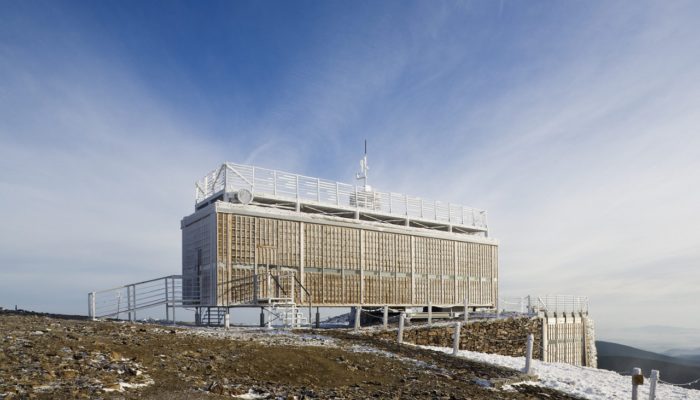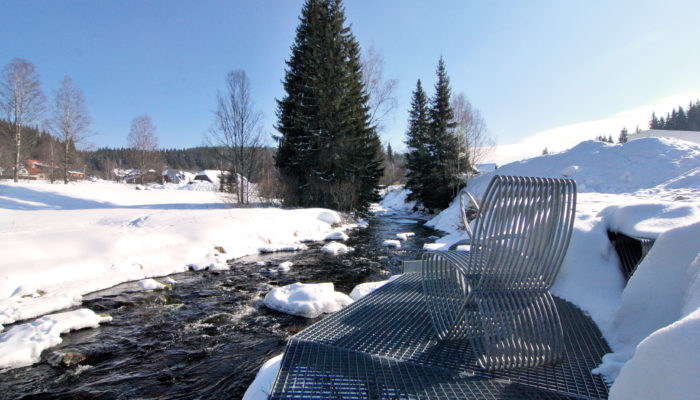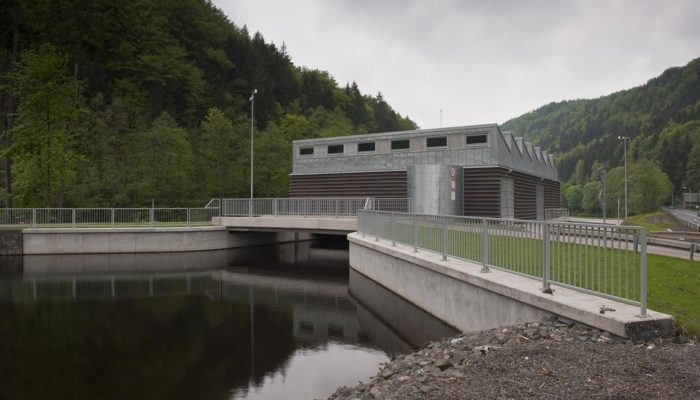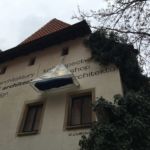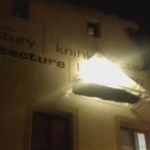OH MOUNTAINS, OH MOUNTAINS, OH MOUNTAINS
Contemporary architecture in the Czech and Slovak mountains in the historical and landscape context
For ten years, the Jaroslav Fragner Gallery has devoted itself to the theme of sustainable architecture. The intention is to offer the Czech public the opportunity to learn about this segment of architectural creation and to present examples of high-quality architecture, including the styles in the different regions of the Alpine and Nordic countries, all of it presented in a way that reaches out to the full spectrum of society.
This was one of the reasons for the preparation of a project on the state of architecture in the mountain regions of the countries of the former Czechoslovakia. Both countries contain examples of different morphological forms, but the common history from 1918 to 1992 exerted a fundamental influence on the architectural development in these countries. On the basis of the common historical background, contemporary production in the beautiful mountains and on the lower slopes of the mountains in the Czech Republic and Slovakia is also covered. Because the mountains are among the most visited areas of natural beauty in our countries, they play a natural part in the story of the development of modern and contemporary architecture. The mountain regions have played a significant role (both positive and negative) in making the natural beauty accessible since the mid-nineteenth century and in creating a comfortable infrastructure for relaxation, as well as for sporting activities.
The exhibition, which has been prepared in collaboration with leading Czech and Slovak experts, is presented as having an educational function and also for providing a framework for considering how to integrate contemporary architecture into unique localities that have their own specific character as part of the thinking on future tourist development. The attention is also focused on the need for the sensitive preservation of the legacy of building procedures within the reconstruction of historical buildings. While it must be appreciated that the historical features have to be protected, at the same time new links with a modern approach must be created. The primary questions of concern are the sustainability of the tourist trade, support for regional architecture and regional architects, and the creation of environmental responses from the perspective of climatic change. Consideration must also be given to the design of the buildings and urban structures that form the aesthetics of sustainable architecture within economic and cultural relations. In 1919, German architect Bruno Taut designed a number of crystal-shaped structures with the intention of transforming the Alps into an artificial, fantastic expressionist landscape. Perhaps this idea of conceiving architecture in the mountains as a symbiosis of nature and artistic creation would be the recommended approach for the future – and perhaps not only in the mountain landscape of the Czech Republic and Slovakia.
The exhibition and catalogue, which is composed as a guidebook to pilgrimage or travel “from the Bohemian Forest to the Tatra Mountains”, maps over 50 projects and their implementation. We tried to select examples of architecture that represent different types of buildings as well as architectural approaches that offer a specific view of the mountain landscape from a position of interest to the architect and the investor. The chosen format does not allow for wider descriptions and fuller accounts in all instances. We leave scope for the viewer to venture into the Czech and Slovak mountains alone in order to visit these exceptional examples of architecture and view them from his/her unique perspective.
Site-specific installation BIVAK / GOJO collective
